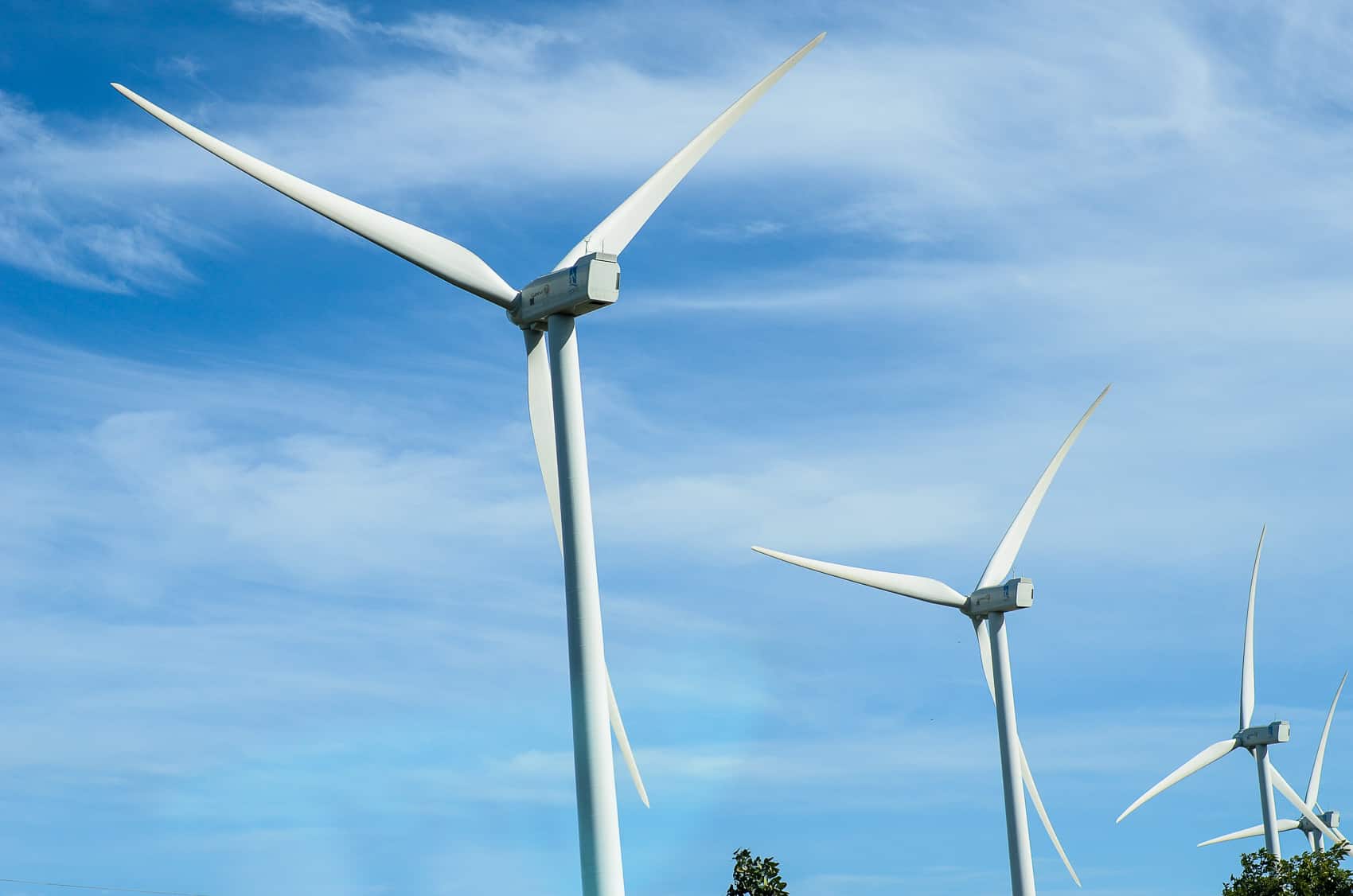Latin America is poised to become a major renewable energy producer, with nearly a billion solar panels’ worth of large-scale clean-electricity projects slated to come online in the next seven years, a report found Thursday.
In welcome good news for the climate-change race, researchers said Latin American countries had more than 319 gigawatts of utility-scale solar- and wind-power projects due to be launched by 2030 — equal to nearly 70 percent of the region’s total current electrical capacity from all sources combined.
“Rich in wind and solar resources, Latin America has the potential to be a global leader for renewable energy,” said the report by the Global Energy Monitor (GEM), a US-based non-profit that tracks clean-energy development.
The new projects — which include planned installations and those already under construction — would expand Latin America’s current utility-scale solar- and wind-power capacity by more than 460 percent, it found.
That makes the region a “global standout” on renewables, said Kasandra O’Malia, project manager at GEM. “We’re already seeing a big upswing. And if you look at all the projects that are planned, it’s just this big, exponential-looking explosion,” she said.
Even if not every planned project gets built, the region appears to be at an inflexion point, with even more projects likely to be announced in the coming years, she said.
Brazil, Latin America’s biggest economy, is leading the green-energy boom, with 27 gigawatts of utility-scale solar and wind plants already operating, and another 217 gigawatts of capacity slated to come online by 2030.
President Luiz Inacio Lula da Silva, who took office in January, has vowed to expand clean energy and restore Brazil’s leadership role on climate change, after four years under far-right predecessor Jair Bolsonaro.
But the roots of the boom go back further, to a 2012 law that incentivized solar energy in Brazil by allowing private producers to sell electricity directly to the grid, according to energy expert Roberto Zilles.
“Today, it’s cheaper to produce your own energy” than buy electricity, said Zilles, the director of the University of Sao Paulo’s Energy and Environment Institute.
The report also highlighted developments in Chile — traditionally a fossil-fuel importer, where wind and solar now represent 37 percent of total installed electricity capacity — and Colombia, which has 37 gigawatts of new solar and wind capacity slated to come online by 2030.
Offshore wind, green hydrogen
However, Mexico, the region’s second-biggest economy, was singled out as a case for concern. Mexico, an early adopter of renewable energy, is currently home to Latin America’s largest solar and wind projects.
But progress has declined since 2021 energy reforms pushed by President Andres Manuel Lopez Obrador, a fossil-fuels champion who has made revitalizing state oil company Pemex a cornerstone of his administration.
“Mexico has stalled,” the report said.
“Even if all prospective projects were to come online, the country would only reach approximately 70 percent of its pledge to bring 40 gigawatts of solar and wind by 2030.”
The report found Latin America has especially big potential as a producer of offshore wind energy. It also said green energy exports could be a potential economic windfall, whether by sending surplus electricity to other countries or using renewable energy to produce green hydrogen for export.
Renewable energy has boomed worldwide as prices for solar panels and wind turbines have plunged — a trend furthered over the past year by soaring fossil fuel costs driven by Russia’s invasion of Ukraine.
The International Energy Agency found in a December report that renewables will become the largest source of global electricity generation by early 2025, surpassing coal.
But the transition needs to be faster if the world is to meet the Paris climate accord’s target of holding global warming to 1.5 degrees Celsius, O’Malia said.
She called on the world’s major energy consumers — North America, Europe and China — to follow Latin America’s example.
“The rest of the globe is not doing their share,” she said.






